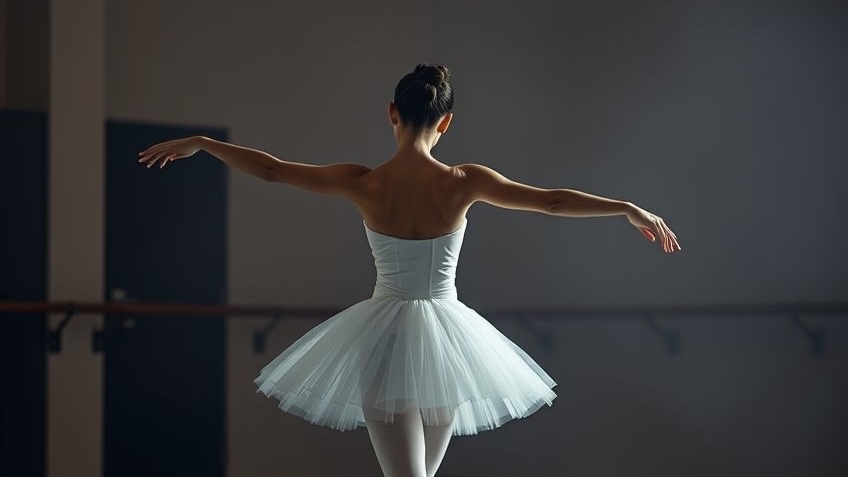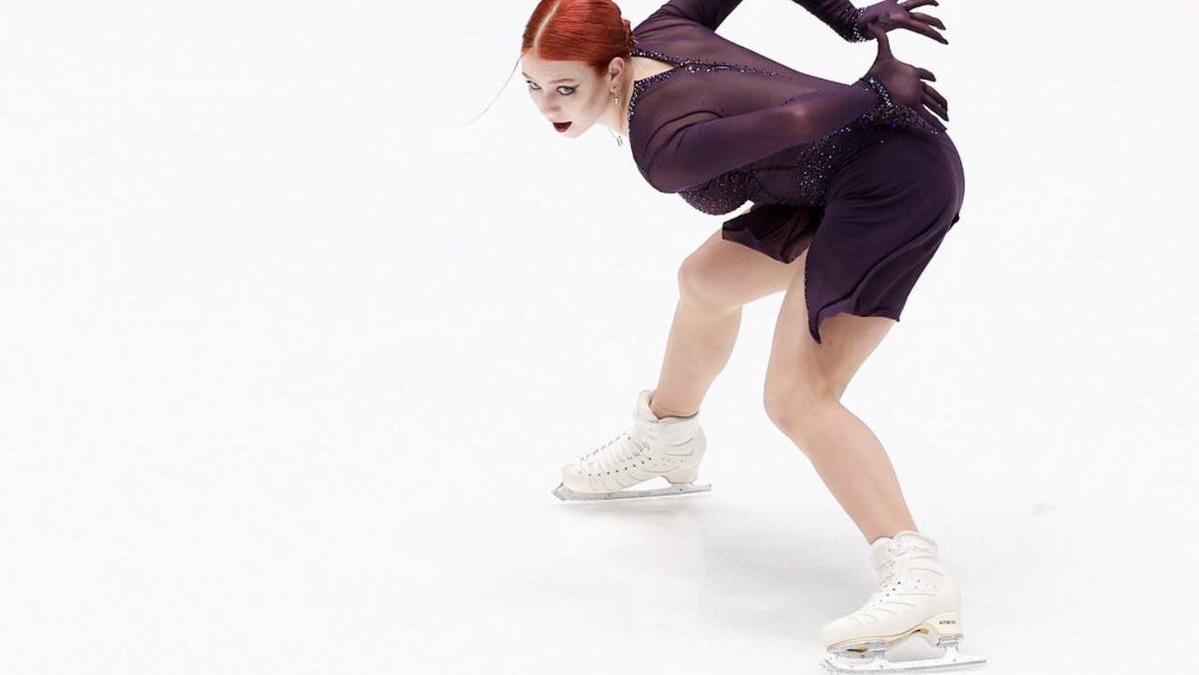January 15, 2025
Alexandra Trusova Expecting a Child
June 08, 2025

Ballerinas captivate audiences with their ethereal grace, soaring leaps, and delicate poise, but behind every pirouette and arabesque lies a foundation of rigorous conditioning. For dancers striving to embody the artistry of ballets like Giselle or to simply shine in class, conditioning is the unsung hero that builds the strength, flexibility, and endurance needed to perform at their best. This article explores why conditioning is vital for ballerinas, offering insights into its benefits for performance, injury prevention, and longevity in the demanding world of ballet.
Ballet demands a unique blend of athleticism and artistry, requiring dancers to execute precise movements while making them appear effortless. Conditioning—targeted training to enhance physical capabilities—provides the physical foundation for this magic. It strengthens muscles to support controlled movements, improves flexibility for fluid extensions, and boosts stamina to sustain long rehearsals or performances. A 2019 study in the Journal of Dance Medicine & Science found that dancers with structured conditioning programs improved their jump height by 10–15% and reduced fatigue during performances, allowing them to maintain technique under pressure. For ballerinas, conditioning transforms raw talent into polished performance.
Every ballet step, from a simple plié to a complex fouetté, relies on muscle strength and joint stability. Conditioning builds the core, leg, and upper body strength needed to execute these movements with precision. A strong core stabilizes turns, while powerful legs drive jumps and landings. Upper body conditioning supports elegant port de bras, creating the seamless flow audiences adore. By targeting specific muscle groups, conditioning ensures ballerinas can hold positions longer, transition smoothly, and perform with the confidence that their bodies can meet ballet’s demands. This strength underpins the artistry, letting dancers focus on expression rather than physical strain.
Ballet’s iconic lines—think of a high arabesque or a deep penché—require exceptional flexibility, which conditioning nurtures through targeted stretching and mobility work. Regular conditioning improves muscle elasticity and joint range of motion, allowing dancers to achieve greater extensions without compromising form. A 2020 study in the International Journal of Sports Medicine showed that dancers who incorporated flexibility-focused conditioning gained 8–12% more joint mobility over 12 weeks, enhancing their ability to perform technically challenging choreography. For ballerinas, this flexibility translates into the effortless, flowing movements that define ballet’s beauty.
Ballet’s repetitive and high-impact movements, like jumps and pointe work, put dancers at risk for injuries such as ankle sprains or stress fractures. Conditioning mitigates these risks by strengthening supporting muscles and improving joint stability. It also corrects muscle imbalances, a common issue for dancers who favor one side during turns or jumps. The Journal of Dance Medicine & Science reported that dancers with conditioning routines had a 20–30% lower injury rate compared to those without, with fewer overuse injuries. By preparing the body for ballet’s physical demands, conditioning helps ballerinas stay healthy, ensuring they can dance for years without setbacks.
A single ballet performance, like the two-hour Giselle, or a day of back-to-back rehearsals, tests a dancer’s stamina. Conditioning enhances cardiovascular fitness and muscle endurance, enabling ballerinas to maintain energy and technique throughout demanding schedules. Improved endurance means less fatigue, which preserves precision in late-act variations or intricate partner work. Dancers who condition regularly report feeling more resilient, able to recover quickly between classes or shows, according to discussions on ballet forums like Ballet Talk. This stamina is crucial for delivering consistent, captivating performances.
Conditioning isn’t just physical—it bolsters mental strength, too. The discipline of a conditioning routine builds confidence, as dancers see tangible improvements in their strength, flexibility, and endurance. Knowing their bodies are prepared for challenging choreography reduces performance anxiety, allowing ballerinas to focus on artistry. A 2021 study in Psychology of Sport and Exercise found that dancers with consistent conditioning felt 15–20% more confident in their technical abilities, enhancing their stage presence. For ballerinas, this mental edge is as vital as physical prowess, creating a holistic approach to dance.
Conditioning doesn’t require hours in a gym—it can be tailored to fit any dancer’s schedule and level, from beginners to professionals. Short, focused sessions integrated into daily routines or added a few times a week can yield significant results. The key is consistency, starting gently and progressing gradually to avoid strain. Dancers should listen to their bodies, stopping at mild discomfort, and stay hydrated to support muscle recovery. For those new to conditioning, consulting a dance teacher or physical therapist can ensure safe, effective practices, aligning with ballet’s unique demands.
For ballerinas, conditioning is the backbone of their craft, enabling them to bring stories like Giselle’s ethereal romance to life with strength and grace. It’s not about bulking up but about cultivating a body that’s strong, supple, and resilient enough to meet ballet’s challenges. Whether perfecting a variation in class or preparing for a performance, conditioning empowers dancers to move with confidence and artistry, preserving their health for a long, fulfilling career. As posts on X highlight, fans admire ballerinas’ “superhuman” strength behind their delicate moves—a strength built through dedicated conditioning.
Conditioning is a ballerina’s secret weapon, transforming the demanding art of ballet into a sustainable, joyful pursuit. By building strength, flexibility, endurance, and mental resilience, it elevates performance, prevents injuries, and supports a lifelong love of dance. For every ballerina dreaming of gliding across the stage or mastering a new step, conditioning is the key to unlocking their potential. Embrace it as part of your dance journey, and watch your body and artistry soar to new heights.
Achieve More With VSA: Boost your skills with world-class coaches for just $29/hour. Perfect for skaters, hockey players, dancers, and athletes, VSA offers personalized training 24/7, 365 days a year, anywhere in the world.
By Vitalina Andrushchenko, Staff Writer

January 15, 2025
Alexandra Trusova Expecting a Child

April 05, 2025
Alexandra Trusova and Makar Ignatov Reveal the Gender of Their Future Child

December 26, 2024
2025 World Junior Championship Schedule